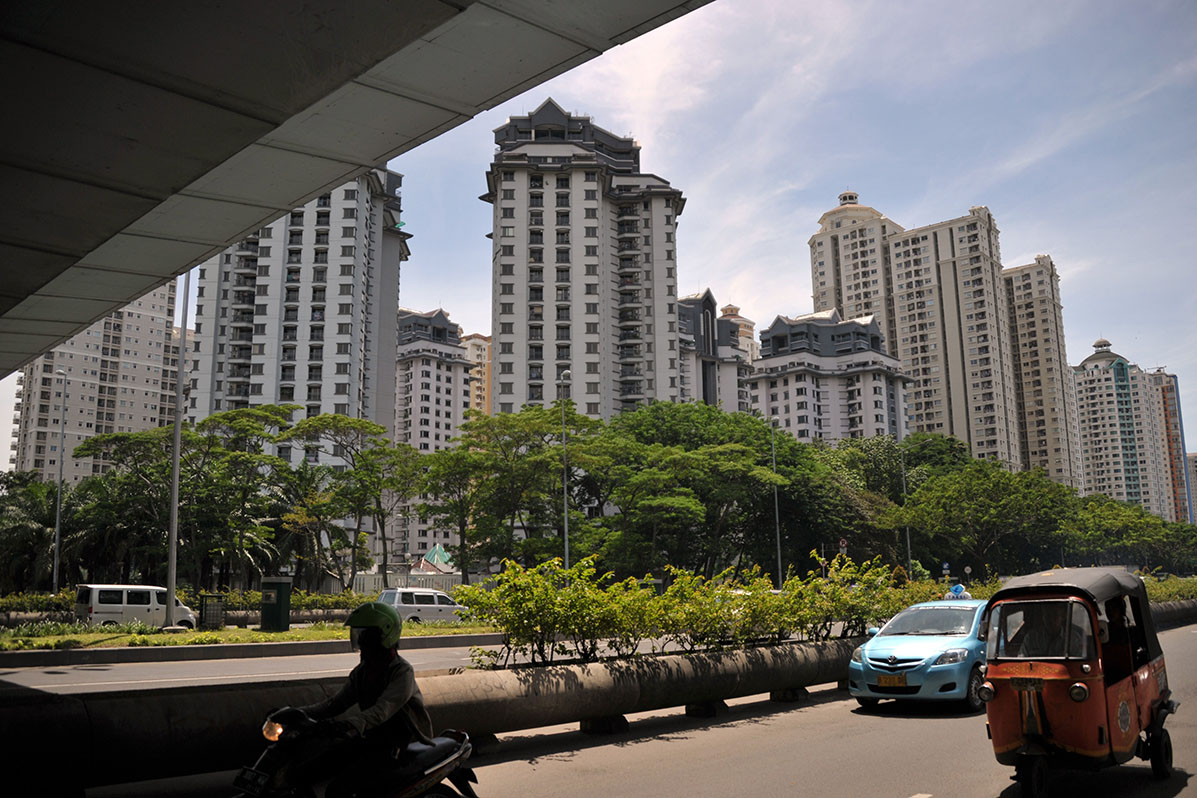Indonesia needs to boost government revenue to win a credit rating upgrade like India, Moody’s Investors Service said.
“The challenge for Indonesia is not so much curbing spending but raising revenues,” Anushka Shah, Moody’s sovereign analyst in Singapore, said in an emailed response to questions. “Revenues as a share of gross domestic product are significantly lower than the median for Baa-rated sovereigns and act as a drag on overall fiscal strength and debt affordability in particular.”
Indonesia has the lowest Moody’s rating among the largest Southeast Asian nations at Baa3 and also lags India, which was raised to Baa2 last week. It is also behind its peers on government revenue, which is estimated by the International Monetary Fund at 14 percent of GDP.
Moody’s and Fitch Ratings have a positive outlook on Indonesia’s debt and an upgrade would be a much needed victory for President Joko Widodo, who’s struggling to fire up the economy just as neighbouring countries experience a growth burst.
“Going forward, it’s important to see if, in the absence of any revenue reforms, the government will be able to generate revenue increases through improvements in administration,” Shah said. Growth in revenue will probably slow next year from an estimated 11.6 percent gain in 2017, while remaining largely unchanged as a share of GDP, Moody’s forecast.
The government is mandated by law to keep the budget deficit within a legal limit of 3 percent of GDP and higher revenue will give Widodo room to ramp up spending to build roads, bridges and seaports.
“We would deem large cuts in infrastructure spending to meet certain budget objectives as credit negative,” Shah said.
Moody’s raised the outlook on Indonesia’s rating to positive in February and usually reviews that within 12 to 18 months. Shah said the outlook suggests “risks are skewed to the upside,” but a higher rating will depend on sustained improvements in investment and government revenue as a share of GDP.
Foreign Funding
Indonesia’s credit constraint “is not so much the debt burden as the affordability of that debt, which is weak because of low revenues and relatively high interest costs due to its reliance on market financing,” Shah said. Indonesia’s overall debt is about 30 percent of GDP, compared with 50 percent for India.
Another key factor that sets Indonesia apart from other Baa-rated sovereigns is its reliance on foreign-currency denominated funding, she said. Foreign investors owned 39 percent of government bonds as of November 20, worth 60 billion dollars.
“Indonesia’s high share of non-resident investment in local currency government bonds, as well as a high share of foreign-currency denominated debt to total debt imply that Indonesia is susceptible to movements in currency, interest rates, and capital flows,” Shah said.
India’s recent upgrade was driven by a wide array of reforms, including those that will eventually raise government revenue as well as steps to target spending, encourage investment, address issues in the banking system, and monetary policy credibility, Shah said.
“In Indonesia, we are also seeing progress on reforms, but uncertainty about the effectiveness of these reforms in alleviating some of Indonesia’s rating constraints remains high,” she said. – Bloomberg
Recommended stories:
